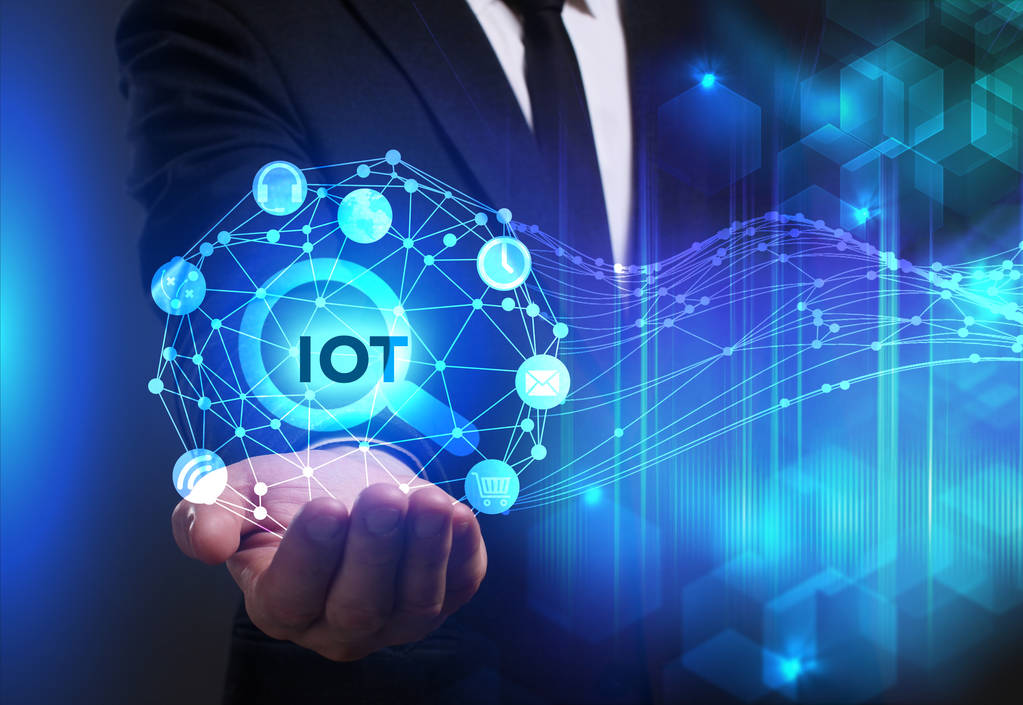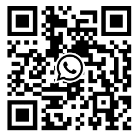The Internet of Things is one of the basic technologies that drive the digital transformation today. That is, with its ability to connect different projects to a network, enterprises can gain insight into its capabilities and performance, automate many processes, and ensure interactions between different devices and machines.

 Demand for IoT-driven systems in many industries is steadily growing as a result, and investment in the development of the technology is increasing worldwide. Experts believe that revenue from the Internet of Things will grow significantly to $1.387 trillion by 2024.
Demand for IoT-driven systems in many industries is steadily growing as a result, and investment in the development of the technology is increasing worldwide. Experts believe that revenue from the Internet of Things will grow significantly to $1.387 trillion by 2024.
Today, developers have access to rich stacks of technology that include the most powerful tools and technologies, and allow them to build feature-rich unique systems. Such solutions can be customized entirely to the needs of a specific entity, thus ensuring the maximum efficiency of their implementation. If you also have an idea for an Iot-based product, you need to ensure that your selected software engineer or iot development enterprise has the relevant expertise and qualifications to implement your concept.
But even with the best experts around you, in order to provide high-quality products to achieve all your business goals and conquer new peaks, you should have a basic understanding of how the Internet of Things works.
The Internet of Things-driven systems
First, you need to know that each IoT system contains several types of elements. Here's a simplified version of a typical IoT system.
· equipment
It is no exaggeration to say that these are the core elements. It can be defined as a hardware with a task of collecting, accumulating, and sharing data. In some cases (depending on the exact type and function of each device), it can also process the collected data.
· software
To ensure that IoT systems implement the required functionality, there should be an relevant program / application to interact and manage with IoT devices to achieve the stability energy of the whole system.
· Network / connection
This element is responsible for building connections between devices and organizing data exchange.
Although all the elements of an IoT system deserve attention, this article will focus on the first point in the list and discuss IoT devices.
An Internet of Things device: What is it?
When it comes to IoT devices, it doesn't usually mean any particular device or gadget. It can actually be any physical object driven by special elements or modules, allowing it to transmit and collect data over the network. This means that, for example, a fitness bracelet can act as an iot device; a locker on a suitcase can also be an iot device, if all connected to the network and can transmit and receive data.
There are indeed many examples of Iot devices that have different roles and tasks.
For example, there are a variety of sensors that can be mounted on manufacturing machinery and equipment to track their performance and define deviations from setting specifications. Such devices play a vital role in predictive maintenance solutions, helping to increase productivity and reduce the risk of downtime.
Smart lockers are designed to ensure items are safer and to find luggage faster when it is lost or stolen.
Special medical IoT devices allow physicians and nurses to track important parameters remotely. It helps to reduce the time required for face-to-face examinations, while allowing medical staff to continuously monitor the patient's status.
Of course, this is far from a complete list of all types of IoT devices and their features. But at least it gives you a general idea of what an IoT device is, and what it can do.
How do iot devices work?
Generally, how iot devices work can be presented by:
· The device collects the required data. For example, it can be geographic location data, information about air humidity, or medical data.
· Data is sent over the network. Different systems use different networks, which can be cellular connectivity, WiFi, Bluetooth, etc.
· Data is received in the storage center. Usually, there is a cloud platform, which accumulates all the data from all the system devices.
· Data are processed by the system. As a result of this processing, the system may send a signal to the device to perform certain operations, such as turning on lighting.
· Data is available to the user. With mobile (or web) applications, the user can access the valuable insights generated by the system.
sum up
As mentioned above, the opportunities provided by today's IoT systems are virtually unlimited. Everything depends on the business requirements, and the skills of the developers who are committed to creating the solution. That is why to get the best results, you should carefully analyze your needs and goals, and then share them with professionals, which will help find the best way to solve these problems.
Contact: Qui
Phone: 18146178586
Tel: 18146178586
Email: qui@zonewu.com
Add: 1501-3, Building F03, Phase III, Software Park, Jimei District, Xiamen City, Fujian Province, China
